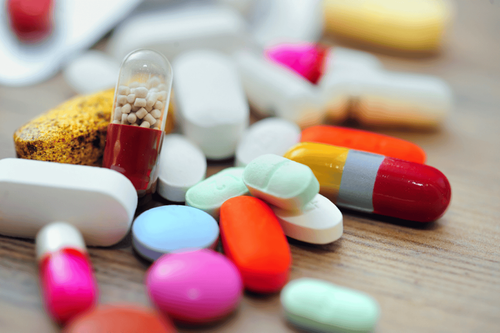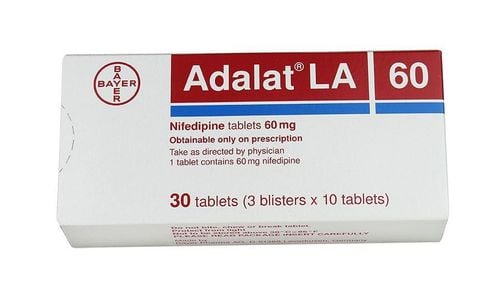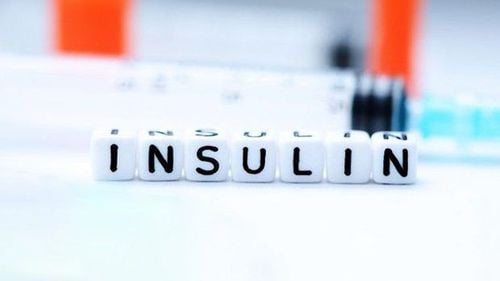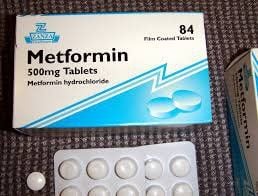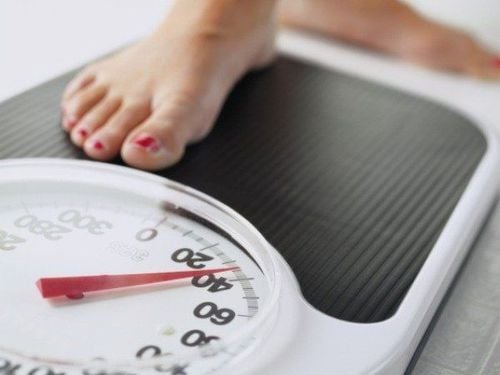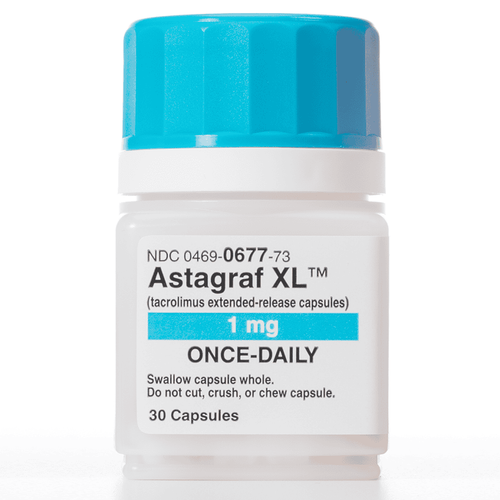This is an automatically translated article.
When blood sugar is too high, called hyperglycemia, an emergency way to lower blood sugar is usually with the use of rapid-acting insulin. Exercise is also a good and effective way to lower blood sugar. In some cases, you should go to the emergency room for low blood sugar instead of staying at home.1. Find out when blood sugar is very high
Very high blood sugar can lead to diabetic ketoacidosis (DKA) when insulin levels are low. This is a medical emergency. Symptoms of diabetic ketoacidosis include:Shortness of breath Fruity breath Nausea and vomiting Very dry mouth If you don't know how to lower your blood sugar quickly, call your doctor for instructions on taking a dose. insulin or advice on whether to go to the emergency room. Here are some ways to lower blood sugar quickly, when to go to the emergency room, and tips for controlling high blood sugar.
2. How to lower blood sugar urgently
With early treatment, you can lower high blood sugar and prevent complications, including DKA diabetic ketoacidosis.Some suggest that the way to lower blood sugar quickly is to drink water or eat a protein-rich snack. However, there is still not enough research to prove this. If you have high blood sugar and need to lower your blood sugar urgently, try these methods:
2.1. Take insulin as directed High blood sugar occurs when the body has too little insulin or the body cannot use insulin properly (using insulin can cause an emergency drop in blood sugar). Ask your doctor about the fast-acting, insulin dose you should use when your blood sugar is high.
You may need to check your blood sugar about 15 - 30 minutes after taking insulin to make sure your blood sugar is falling and not getting too low.
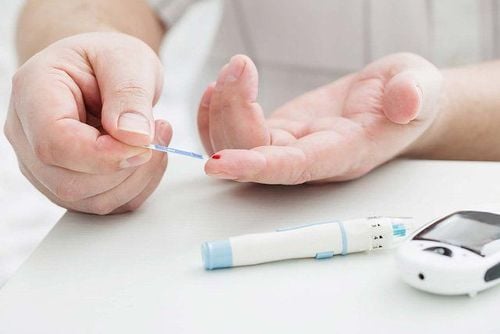
Bạn có thể cần kiểm tra lượng đường trong máu khoảng 15 - 30 phút sau khi dùng insulin
Physical activity causes the body to need glucose for energy. As a result, the cells deliver glucose to the muscles and blood sugar levels often drop. To be effective, you need a form of exercise that makes your heart beat faster than normal, such as walking at a brisk pace.
It is important that if your blood sugar is above 240 mg/dl, you should test your urine for ketones. If you have ketones, do not exercise to avoid causing your blood sugar to rise higher.
Exercising with ketones in the urine increases the risk of complications from high blood sugar. If you have type 1 diabetes, your doctor will recommend checking your blood sugar and urine ketones at home before exercising.
While exercise is an effective way to lower blood sugar levels throughout the day, certain types of strenuous exercise can temporarily raise blood sugar levels. This is because physical exertion triggers the body's stress response, which releases glucagon to fuel muscles. If your ketone levels are elevated, avoid strenuous exercise and try some gentle exercise like walking instead.
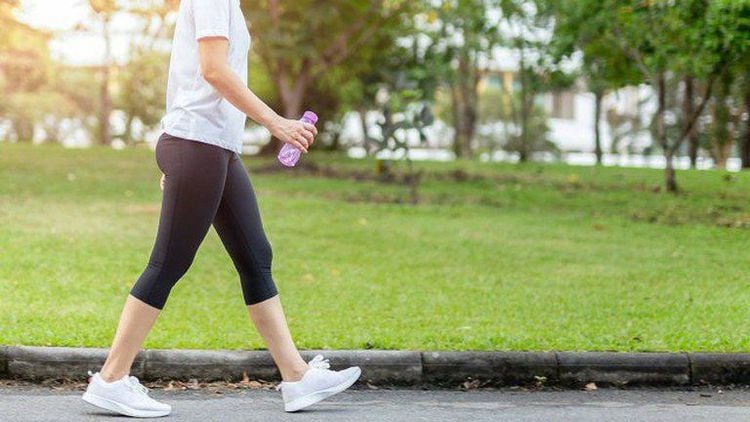
Đi bộ là bài tập phù hợp nếu bạn có mức xeton cao
3. When to go to the hypoglycemic emergency room?
High blood sugar is worrisome because when it does, your body starts burning fat for energy instead of using blood glucose. This can cause emergency conditions such as diabetic ketoacidosis DKA and hyperglycemia syndrome (HHS), which can be fatal if left untreated.Diabetic ketoacidosis is a serious complication of type 1 diabetes. Type 2 diabetes is rare, but it is still possible.
Symptoms that suggest you should go to the emergency room for hypoglycemia include:
Detecting ketones in your urine when using a test strip Feeling confused, confused Thirsting Frequent urination Nausea Loss of breath Abdominal pain Vomiting High blood sugar can cause an imbalance of fluids in the body and make the blood too acidic to support life. Medical treatments for these conditions include:
Continuous intravenous insulin injections Intravenous fluids to correct dehydration.
4. When to see a doctor?
According to the University of Michigan, blood sugar levels of 300 mg/dL or more are considered dangerous. Therefore, you should see your doctor if you have two consecutive blood sugar results of 300 or more.If you are concerned about the warning symptoms of high blood sugar, call your doctor for reassurance and helpful advice. See your doctor if you have persistently high blood sugar with the following symptoms:
Persistently high blood sugar readings Frequent urination Increased thirst High sugar in urine Ask your doctor how often to check your blood sugar blood sugar, as well as the ideal blood sugar level you need to achieve.

Bạn nên đến gặp bác sĩ nếu có hai kết quả đường máu liên tiếp từ 300 mg/Dl trở lên
5. Complications of high blood sugar
Checking blood sugar and treating hyperglycemia early will help prevent complications. Health problems can arise when you regularly have high and untreated blood sugar. Examples of complications include:Nerve damage (known as diabetic neuropathy): May affect sensation in the feet and hands Diabetic retinopathy or damage to blood vessels in the body eyes: Affects vision Increases risk of kidney problems Increases risk of heart problems Take steps to keep blood sugar within target limits to help reduce the chance of complications this evidence. 5. Complications of high blood sugar
6. Standard blood sugar chart
Here are some general guidelines for blood sugar levels:| Chỉ số đường huyết | Những điều cần làm |
| 70 mg / dL hoặc thấp hơn | Hạ đường huyết / lượng đường trong máu thấp. Ăn một bữa ăn nhẹ để tăng lượng đường trong máu (ví dụ: 1/2 cốc nước ép trái cây, 1 muỗng canh mật ong hoặc 2 muỗng canh nho khô). |
| 80–130 mg / dL | Phạm vi lý tưởng khi đói (trước bữa ăn) |
| 180 mg / dL hoặc thấp hơn | Khoảng lý tưởng khi no (1 - 2 giờ sau khi bắt đầu bữa ăn). |
| 240 mg / dL hoặc cao hơn | Kiểm tra nước tiểu để tìm xeton. Gọi cho bác sĩ nếu bạn phát hiện thấy lượng xeton ở mức trung sau nhiều lần thử. |
7. Tips for healthy living with diabetes
Most people can control their diabetes by preventing blood sugar levels from ever getting too high. Some useful ways you can refer to:7.1. The right diet Maintain a steady carbohydrate intake, avoiding “empty calorie” foods, such as processed foods. High-fiber foods help keep your blood sugar stable. For a balanced diet, eat plenty of the following:
Grains Fruits Vegetables Lean Protein 7.2. Get regular exercise Do physical activity that raises your heart rate for at least 30 minutes a day, most days of the week.
7.3. Reduce stress High levels of stress can raise your blood sugar. Try some relaxation techniques to manage stress, including:
Meditation Journaling Listen to music Take a short walk Any activity you especially enjoy 7.4. Drink enough water Drink plenty of water. If your urine is yellow, you are probably dehydrated. Avoid drinking too many soft drinks or sugary juices.

Một trong những điều quan trọng bạn cần thực hiện để sống lành mạnh cùng bệnh tiểu đường là hãy bổ sung đủ nước cho cơ thể
7.6. Routine visits Make sure to see your doctor for regular checkups. A1C is a measure of how stable blood sugar levels are over a 3-month period. Through this, you can see if your diabetes is effectively controlled.
Currently, Vinmec International General Hospital has deployed general health examination packages and performed paraclinical tests suitable for each subject. Customers will be directly taken by the doctor to take personal and family medical history, measure blood pressure, body mass index, physical examination, perform screening tests as well as advice in each situation. The examination at the hospital is always performed by a team of doctors with many years of experience in the profession.
7.7. Maintain a healthy weight Losing excess fat can reduce the amount of metabolically active tissue in the body, making it easier to maintain blood sugar. If you're having trouble controlling your weight, ask your doctor or dietitian for dietary tips that are specific and tailored to your needs.
7.8. Take medications and insulin as directed Skipping a dose of medication or insulin can harm your body and raise blood sugar levels. Therefore, it is important to stick to your treatment plan and follow your doctor's instructions when taking your medication.
In summary, using insulin and exercising are two of the most common ways to lower blood sugar urgently. However, if there are ketones in your urine or symptoms of excessively high blood sugar, you may need to go to the emergency room.
Once you know how to lower blood sugar quickly, you can apply it to ensure the best safety for the health of yourself and your family members. Ideally, people with diabetes should perform periodic health checks so that the doctor can make appropriate indications on the use of drugs and a safe diet for each patient's condition.
Please dial HOTLINE for more information or register for an appointment HERE. Download MyVinmec app to make appointments faster and to manage your bookings easily.
Reference source: healthline.com



